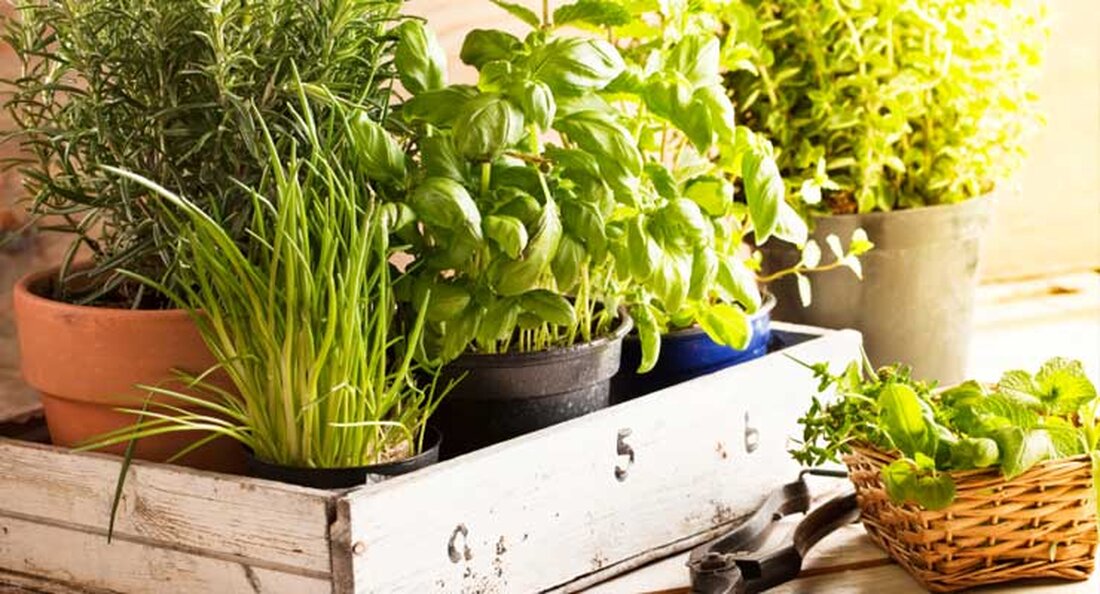Effective herbal remedies to treat bacterial vaginosis
Bacterial vaginosis is a condition that can occur due to a change or imbalance in the pH of your vagina, which allows bacteria to develop and thrive in your vaginal tissues. Typical symptoms of vaginosis include a foul odor, pain during intercourse, itching and white discharge. Fortunately, there are effective treatments for this condition, such as: B. a topical cream or antibiotics. You can also try using natural remedies that can help you get rid of this unpleasant condition. 1. Garlic Various types of herbs are effective in treating bacterial vaginosis. Garlic, for example, is a type of herb with antiviral...

Effective herbal remedies to treat bacterial vaginosis
Bacterial vaginosis is a condition that can occur due to a change or imbalance in the pH of your vagina, which allows bacteria to develop and thrive in your vaginal tissues. Typical symptoms of vaginosis include a foul odor, pain during intercourse, itching and white discharge. Fortunately, there are effective treatments for this condition, such as: B. a topical cream or antibiotics. You can also try using natural remedies that can help you get rid of this unpleasant condition.
1. Garlic
Different types of herbs are effective in treating bacterial vaginosis. For example, garlic is a type of herb with antiviral properties. You can incorporate more pieces of garlic into your dishes or take garlic pills. Additionally, you can try wrapping a garlic clove in gauze and inserting it into the vagina. However, make sure you consult a specialist or herbalist regarding the proper techniques to use this herb properly.
2. Mahonia
The Oregon grape is a type of thorny shrub that produces grape-like berries. Typically, the root and bark of this plant can help minimize painful symptoms associated with urinary tract infections, kidney, liver disease, and stomach pain. The herb contains essential ingredients such as columbamine, jatrrorrhizin and berberine, which have antibacterial properties. For bacterial vaginosis, there are Oregon grape creams and suppositories that can promote rapid healing of this condition.
3. Light purple coneflower
The light purple coneflower, also called Echinacea pallida, is a herb native to North America. Most herbalists use the roots of the herb to treat various types of viral and bacterial infections. The pale purple echinacea is said to have immune-stimulating components because it contains caffeic acids, alkylamides and polysaccharides. However, the herb is not recommended for people suffering from an autoimmune disease.
4. Pau d'Arco
Another important herb that can treat vaginosis is Pau d’arco or Tabebuia Impetiginosa. This popular evergreen plant produces pale pink flowers that typically grows in South America. The plant is used to treat various diseases such as cancer, fungal or bacterial infections, eczema, rheumatism and sexually transmitted diseases. The plant's bark is rich in the essential chemical called lapachol, which is known for its anti-inflammatory, immune-stimulating and antibacterial properties. According to experts, the herb is best used as a douche, while others can take it in the form of tea or capsules. Pregnant women and those suffering from internal bleeding, diarrhea and nausea are not advised to take this herbal remedy.
Bottom line
Bacterial vaginosis or vaginitis is a form of vaginal infection caused by a poor balance of bacteria in the vagina. When multiple strains of bacteria become overgrown in the body, you may experience inflammation, discharge, itching, or pain. Some people may also be prone to vaginosis, such as: B. those who have multiple partners, have a weak immune system or use oral contraceptives. It is advisable that these individuals consult their doctor to find the best treatment option for their condition. Alternatively, they can use herbal remedies that promote good results and prevent further complications.

 Suche
Suche
 Mein Konto
Mein Konto
